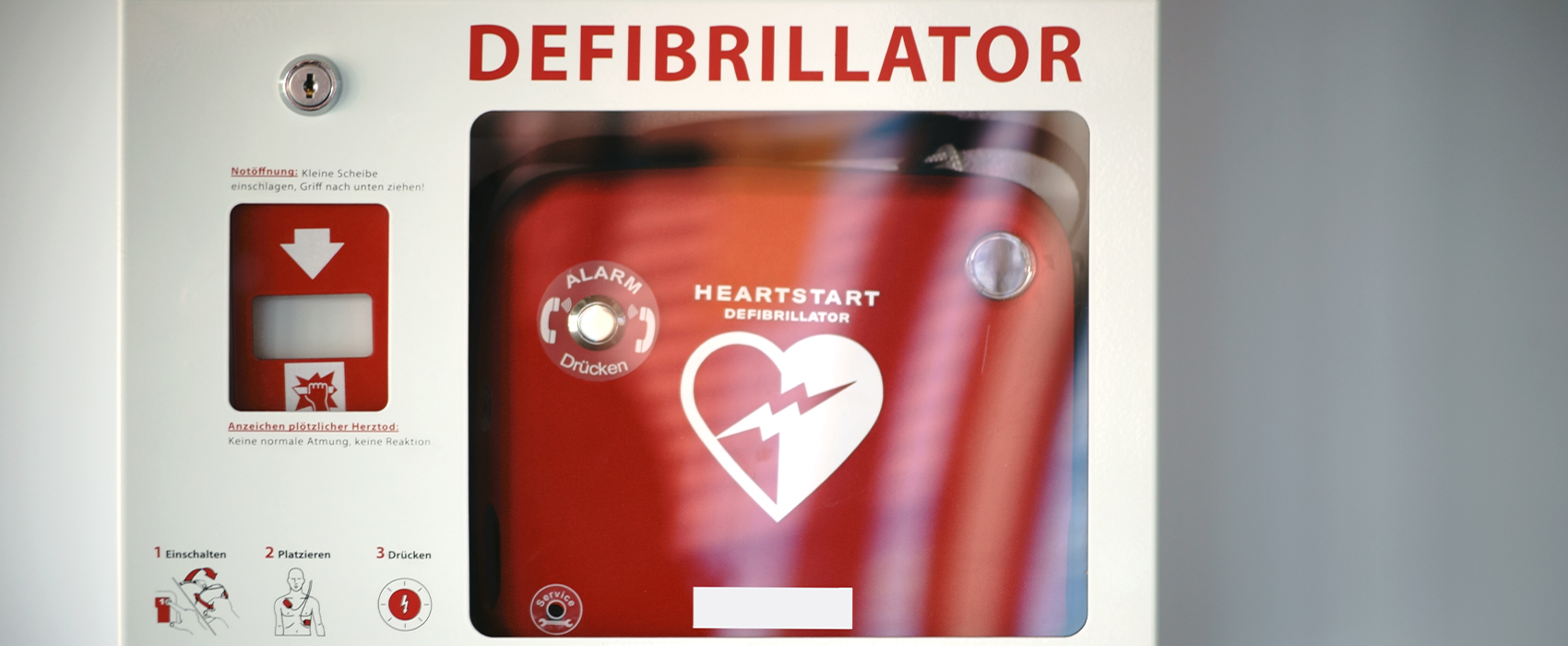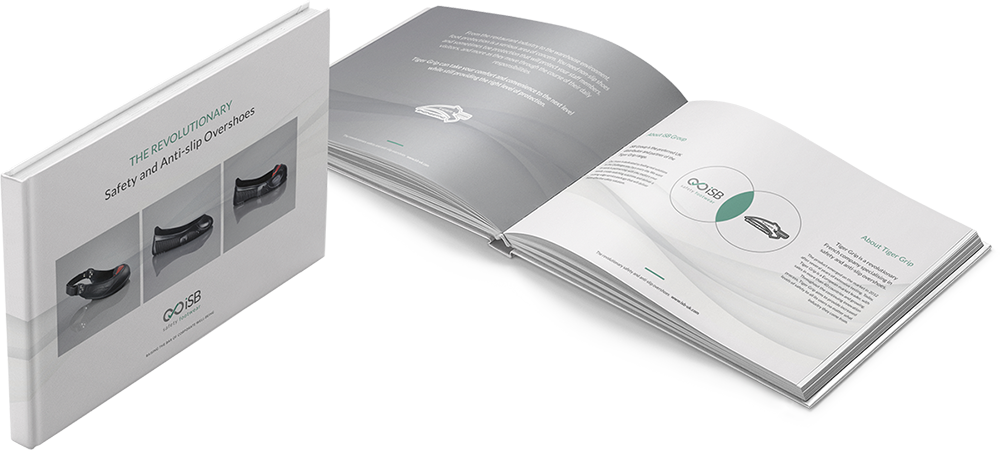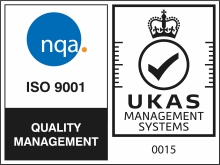
Does my workplace need a defibrillator?
This February is National Heart Month. Nick Grinnell talks defibrillators in the workplace…
What is a defibrillator?
A defibrillator – or automated external defibrillator (AED) to give it its full title – is a portable electronic life-saving device that is used to restart the heart or restore its normal rhythm when someone is in sudden cardiac arrest.
It works by giving a controlled high energy electric shock to the heart through the chest wall.
Defibrillators may be used alongside CPR to ‘buy time’ until an ambulance arrives. Research suggests using a defibrillator on someone in sudden cardiac arrest increases their chances of survival from an average of just 6% to 74%.
By contrast, for every minute’s delay in administering defibrillation, the chances of that person surviving reduce by 10%. After 10 minutes, the chances of survival are almost zero.
What is a sudden cardiac arrest?
A sudden cardiac arrest (SCA) is when someone’s heart stops beating normally. It can happen to anyone, anywhere, at any time, without warning. That person will collapse and be unconscious. They will have no pulse and will not be breathing.
Learn more: Discover the difference between a heart attack and cardiac arrest
Defibrillators at work: What does the law say?
There is currently no legislation requiring UK workplaces to have a defibrillator. However, with sudden cardiac arrest striking on average one person every six minutes, without warning, there is no compelling reason not to have one.
Sudden cardiac arrest can happen to anyone, anywhere, at any time, without them exhibiting or experiencing any signs or symptoms. Every year, around 30,000 people in the UK suffer one outside of a hospital setting – and someone in your workplace could be next.
Campaigners continue to call for legislation to make defibrillators mandatory in workplaces. But why wait until that happens, when delaying could prevent you saving a life?
Defibrillators at work: Debunking the myths
We can’t have a defibrillator as our staff aren’t trained to use one...
Defibrillators are designed to be used by anyone, and supply step-by-step instructions guiding operators on what to do.
Sensor pads check and monitor the casualty’s heart rhythm while voice prompts advise what to do to set up the machine and administer a shock, as well as any other actions that may be necessary to ensure the best chance of survival.
If someone is in sudden cardiac arrest, you cannot make their condition worse by using a defibrillator. But if you do nothing and instead wait for the emergency services to arrive, they will almost certainly die. While training on how to use a defibrillator isn’t necessary, it can help to ensure rescuers are able to act swiftly and with confidence in the event of an emergency. St John Ambulance offers training in defibrillator use and CPR.
Defibrillators are very expensive for something we may never need to use...
Of course you hope you never need to use a defibrillator, but you wouldn’t use this argument against other potentially life-saving health and safety equipment like fire extinguishers, fire doors or a first aid kit.
The decision to invest in a defibrillator isn’t really about a use needs case. It’s about protecting your team against the ‘what if…?’ worst case scenario.
Defibrillators typically cost somewhere between £800 and £2,500, and it is definitely worth investing in something more than just the most basic model. There are also ongoing and maintenance costs to consider, including replacement pads and batteries, as well as the cost of the electricity supply to the cabinet where it is housed. But, when you stack those costs against the life of one of your workers – or your own – that doesn’t seem too high a price to pay.
If you are interested in installing a defibrillator in your workplace, we can advise you on everything you need to consider. Give our team a call or get in touch through the website.

















